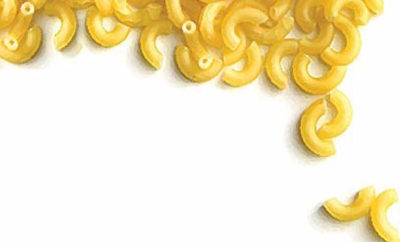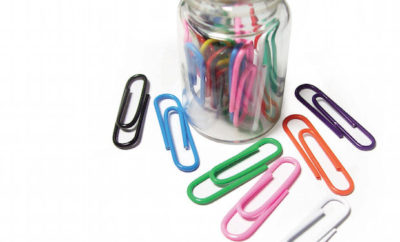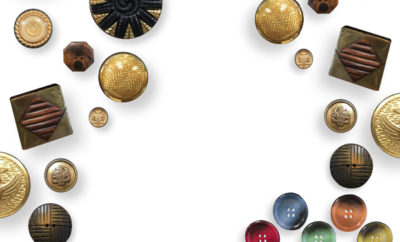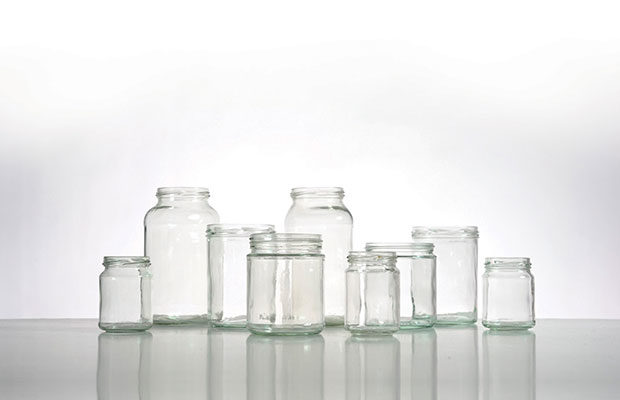 “When is a door not a door?”, “When it’s ajar.”
“When is a door not a door?”, “When it’s ajar.”
Design
EXTRA ORDINARY: Belle Jar
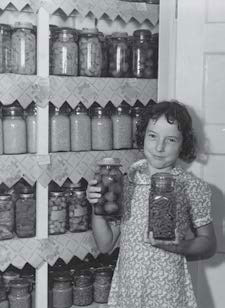
FRANKLIN D. ROOSEVELT LIBRARY PUBLIC DOMAIN PHOTOGRAPHS, 1882-1962, U.S. NATIONAL ARCHIVES AND RECORDS ADMINISTRATION
“When is a door not a door?”
“When it’s ajar.”
I FIRST HEARD THIS RIDDLE when I was eight, and it has been my favorite ever since. It’s wonderful wordplay, both simple and clever—a description that could apply equally well to a jar.
The jar’s antecedent is the pot, which has been around for millennia, visible in cave paintings and the art of virtually every ancient civilization. It has been immortalized in literature, the memorable birthday present of A. A. Milne’s Eeyore, who liked it because he could put things in it, and take things out. The jar, the smaller, humbler, relatively recent descendant of the pot, will never be as celebrated, but it should be. It’s a marvel.
Early jars, from two centuries ago, had unreliable wax seals and flat lids, which all but eliminated two of the greatest assets of the jar as we now know it: safe food storage and portability. But in 1858 a young American tinsmith, John Landis Mason, started a far-reaching revolution: his invention, the Mason jar, had a threaded neck and a screw-top lid. With those two features and one stroke of the United States patent officer’s pen, the little vessel was transformed and elevated. Now that was—and still is—a jar.
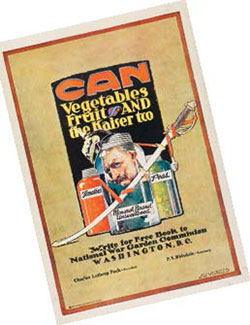
LIBRARY OF CONGRESS, PRINTS AND PHOTOGRAPHS DIVISION, WASHINGTON D.C.
The design has not changed dramatically since then, which is a large and important part of its appeal, but the use of the jar has. Originally a kitchen staple for millions of families who canned fruits and vegetables, the Mason jar is now also a necessity
for do-it-yourselfers, tinkerers, and even only slightly imaginative organizers. It’s easy to clean, readily available, inexpensive, and preferable to a pot because it’s transparent or at least translucent, making its contents visible.
I’ve come across Mason jars that have been converted into piggy banks, candlesticks, ceiling lamps, ribbon dispensers, lemonade glasses, terrariums, and containers for everything from wet paint to dried sage. One of the most beautiful things I’ve ever seen was 150 Mason jars, filled with wildflowers, on the tables at a wedding dinner in a barn. Every place setting had one; every guest got to take it home. I still have mine, now filled with pebbles and propping open my bedroom door.
When is a jar not a jar?
When it’s a doorstop.


